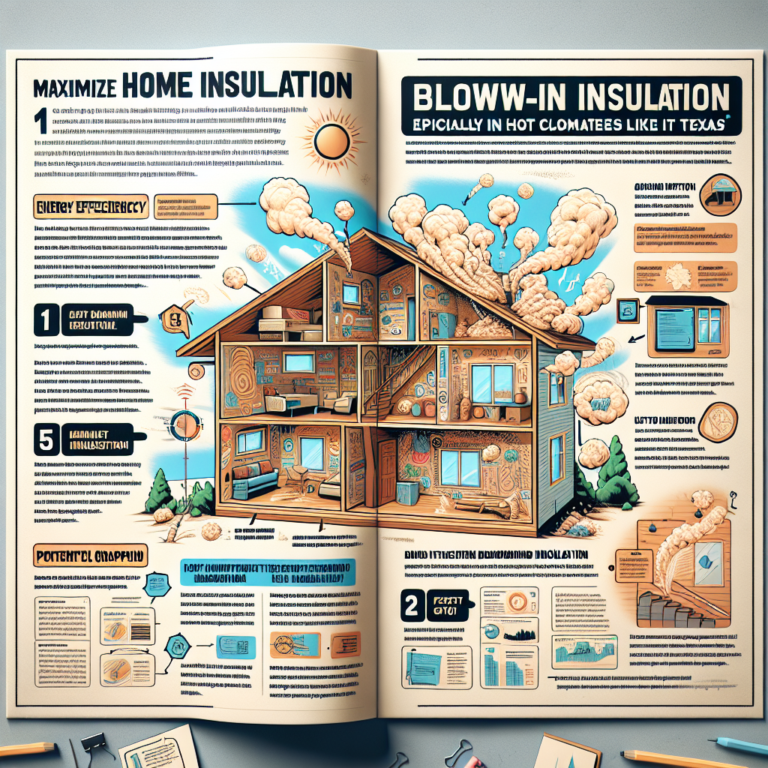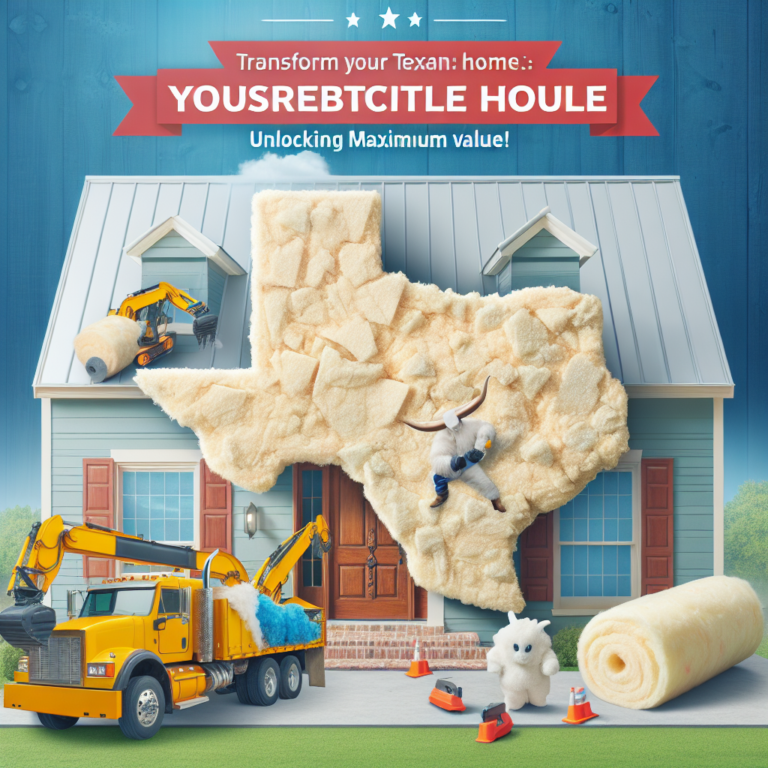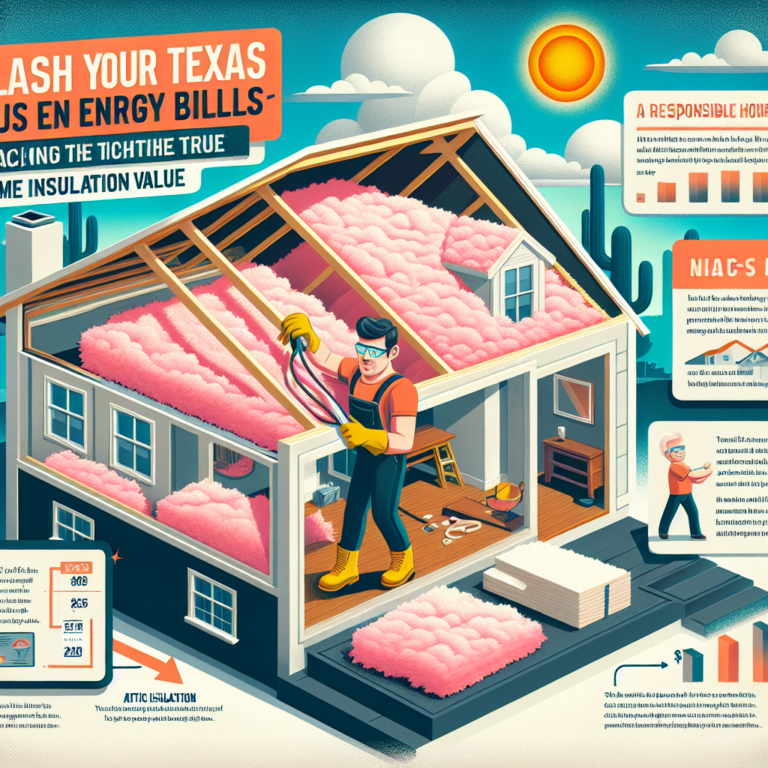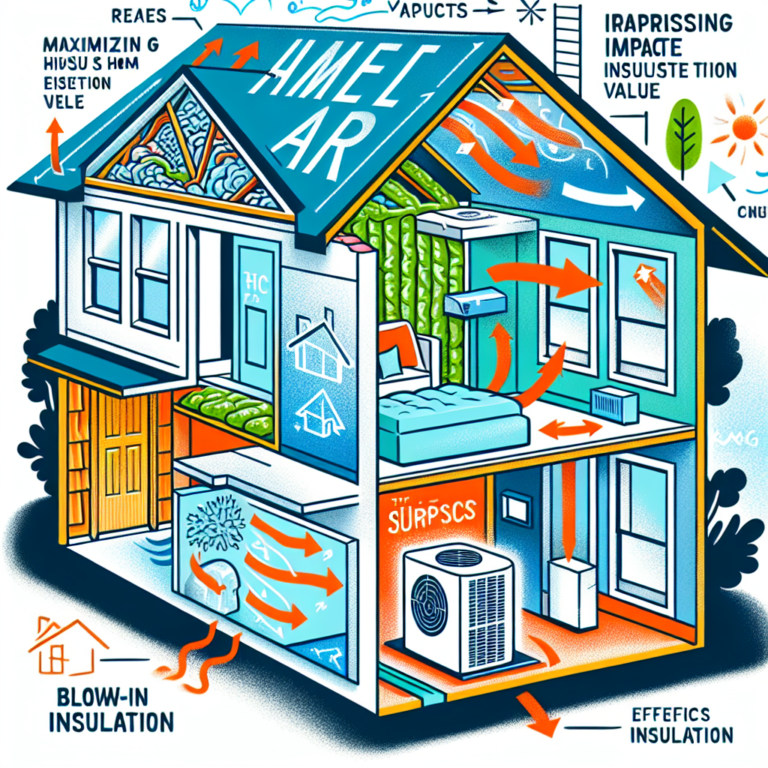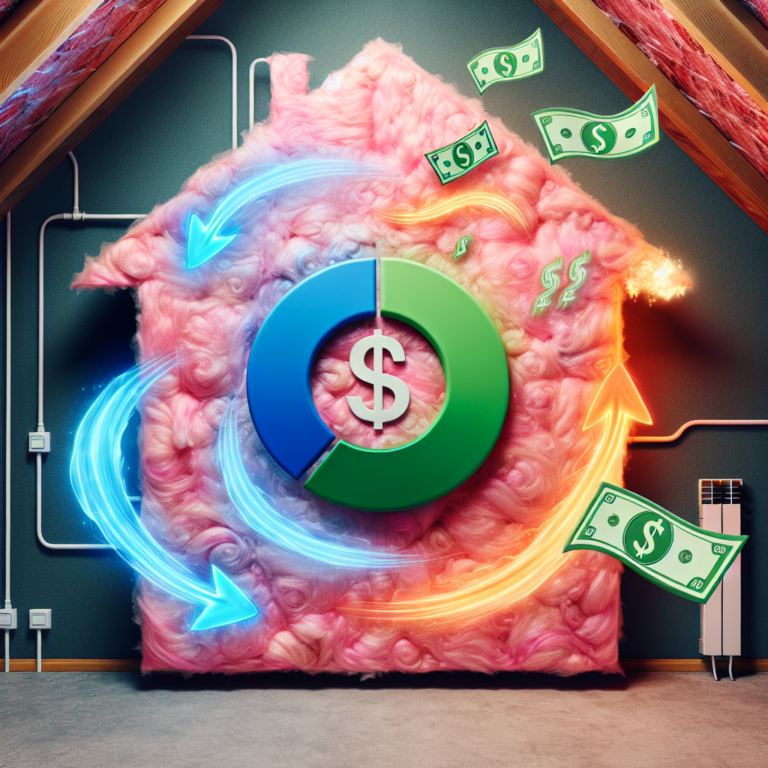Table of Contents
1. Introduction
2. H2: The Benefits of Blown-In Insulation for Texas Homes
3. H2: Factors Affecting Your Blown-In Insulation Cost Estimate
4. H2: Is a Blown-In Insulation Cost Estimate Worth It? Maximizing Energy Savings
5. H2: Q&A: Blown-In Insulation Cost Estimate FAQs
6. Conclusion
Introduction
When Texas temperatures swing from scorching summer highs to unexpected winter chills, proper insulation becomes more than a comfort feature—it’s a necessity. A blown-in insulation cost estimate is the first step toward transforming your attic, walls, or crawl spaces into a climate-controlled sanctuary. In this article, we’ll explore how blown-in insulation pays for itself, what influences its price tag, and why investing now can unlock hidden value in your Texas home.
H2: The Benefits of Blown-In Insulation for Texas Homes
• Industry-Proven Energy Savings
By filling every nook and cranny with fiberglass, cellulose, or mineral wool, blown-in insulation traps conditioned air indoors and keeps unwanted heat out. Homeowners often see HVAC runtime drop significantly, translating into immediate utility bill reductions.
• Year-Round Comfort
In Houston’s sweltering summer or Dallas’s rare cold snap, a well-insulated home maintains a steady temperature. You’ll notice fewer hot spots, less draftiness, and more consistent comfort throughout every season.
• Noise Reduction
The dense mat of blown-in fibers dampens external sounds—traffic, barking dogs, even lawnmowers. If your home sits near busy streets or commercial areas, you’ll appreciate the newfound peace.
• Increased Resale Value
Energy efficiency is a top selling point for prospective buyers. A complete blown-in insulation upgrade shows that you’ve invested in your home’s long-term performance, helping your property stand out on the market.
• Eco-Friendly Choice
Many blown-in materials incorporate recycled content—cellulose, for instance, is often made from post-consumer paper. Lower energy consumption further shrinks your carbon footprint.
H2: Factors Affecting Your Blown-In Insulation Cost Estimate
Securing an accurate blown-in insulation cost estimate means understanding what drives pricing:
• Material Type
Fiberglass is typically the most affordable; cellulose runs a bit higher; and mineral wool carries the premium price tag, mainly due to its fire-resistance properties.
• Project Size and Coverage
Square footage is the baseline: larger attics require more material and labor. Ceiling height and wall thickness also play a role—taller ceilings equate to higher costs.
• Existing Insulation Removal
If your home already contains old or damaged insulation, removal fees may add to the total. In some cases, a fresh layer of blown-in insulation can be installed over an intact, adequately performing underlayer.
• Desired R-Value
Texas climates vary from coastal humidity to north Texas chill. Higher R-values (greater thermal resistance) often demand more material, which affects costs.
• Accessibility and Obstacles
Tight crawl spaces, extensive ductwork, or complex attic structures slow installation and increase labor hours. Clear, accessible attics help keep your estimate lower.
• Contractor Experience and Overhead
Established insulation specialists may charge a premium for their expertise and warranty offerings. Conversely, newcomers might offer lower rates but lack the track record you want for a lasting installation.
H2: Is a Blown-In Insulation Cost Estimate Worth It? Maximizing Energy Savings
At first glance, spending $1.50 to $3.50 per square foot for blown-in insulation might raise eyebrows. Yet consider these long-term returns:
• Up To 20% Lower Energy Bills
According to the U.S. Department of Energy, improved insulation can cut heating and cooling costs by as much as one-fifth. In a state where AC accounts for nearly half of residential energy use, savings add up quickly.
• Lasting Performance
Unlike some batt insulations that settle or compress, blown-in insulation maintains its loft and effectiveness for decades. One upfront investment keeps your home sealed and efficient year after year.
• Reduced HVAC Wear
When your system runs less frequently to maintain comfort, you extend its lifespan and reduce repair costs. Proper insulation is a low-cost way to protect a more expensive HVAC investment.
H2: Q&A: Blown-In Insulation Cost Estimate FAQs
Q: What’s the average cost of blown-in insulation in Texas?
A: Most homeowners pay between $2,000 and $5,000 to insulate a 1,500-square-foot attic, though prices vary by region and project specifics.
Q: How long does blown-in insulation installation take?
A: A typical attic can be insulated in a few hours to a full day, depending on accessibility and scope.
Q: Can I install blown-in insulation myself to save money?
A: While DIY kits are available, professional equipment and expertise deliver more uniform coverage and proper safety measures. Mistakes can reduce performance or even pose fire hazards.
Conclusion
Requesting a blown-in insulation cost estimate is your gateway to a quieter, more comfortable, and energy-efficient Texas home. With the right materials and professional installation, you’ll enjoy substantial utility savings, a healthier indoor climate, and the confidence that your investment enhances your property’s value. Unlock the hidden home insulation value today—get your free blown-in insulation cost estimate and start saving on energy bills immediately.




